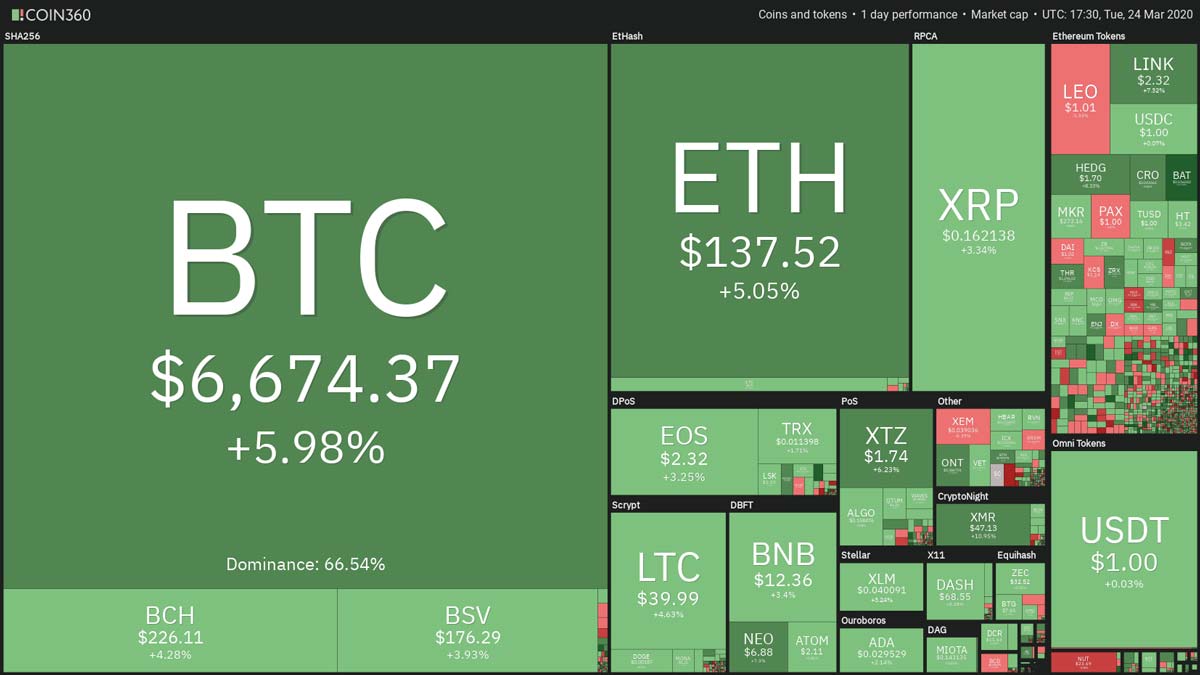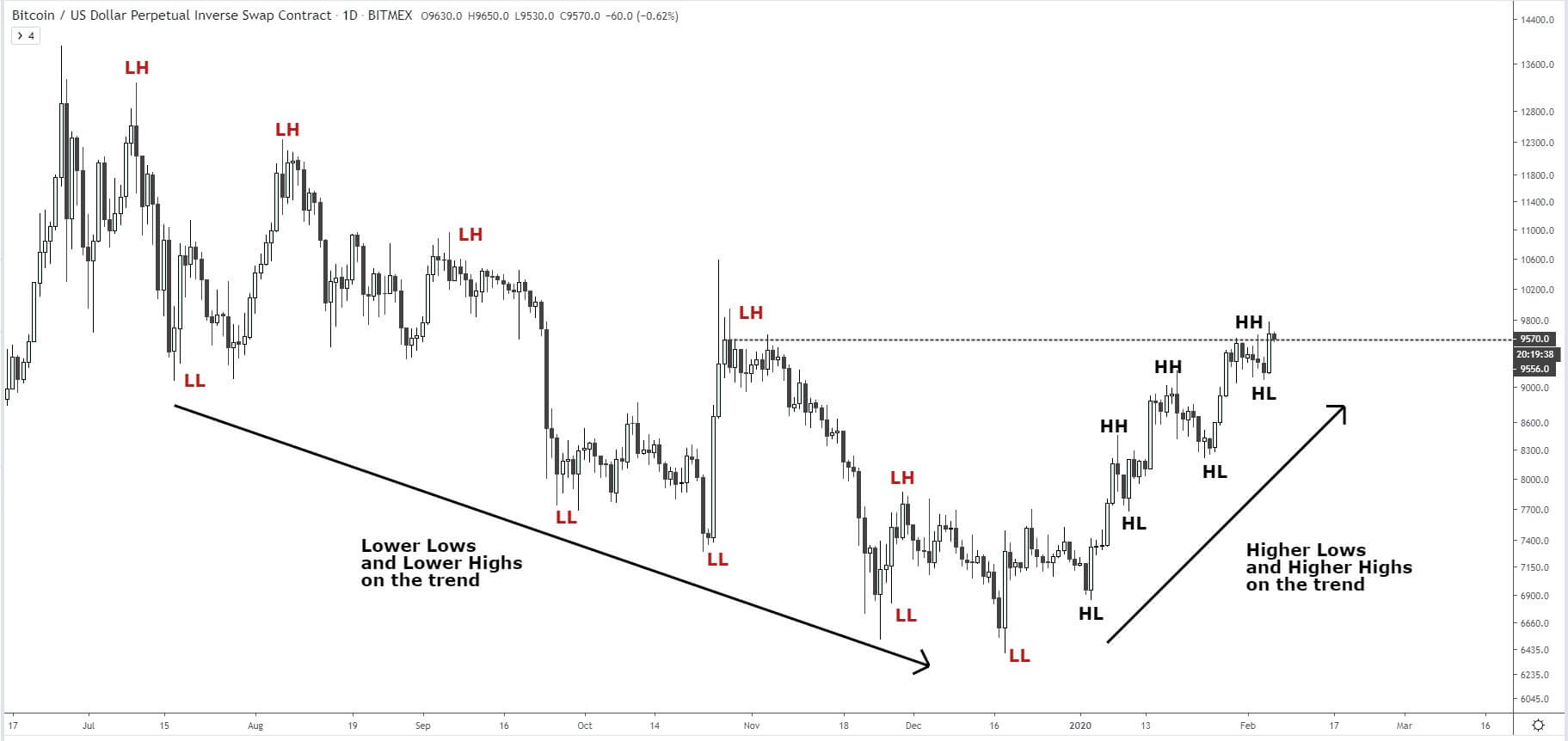
2023-7-8 17:53 |
It’s impossible to analyse Bitcoin without casting an eye around the macro landscape and assessing what is happening with other asset classes. None more so than equities, with which Bitcoin’s correlation has been high throughout the last eighteen months, bar a few isolated episodes.
In fact, pulling out the crypto-specific scandals that were the Terra death spiral, Celsius bankruptcy and FTX crash, as well as the regulatory trouble headlined by the Binance and Coinbase lawsuits in early June, Bitcoin’s correlation with the stocks has been persistently high over the past eighteen months (we have shown this using the 60-Day Pearson indicator below).
And the good news is that equities have been kind. The Nasdaq index rose 32% in the first half of the year – that is the best performance at the halfway point of any year since 1983. This in turn has contributed towards a Bitcoin resurgence.
So, is all well in the world now that the stock market is showing unstoppable strength? Well, not really. The stock market’s seemingly incredible performance has actually been a bit deceptive.
Let’s focus our stock market analysis on the usual benchmark, the S&P 500. While the S&P 500 is currently up a stout 16% on the year, the bulk of that performance is derived from the largest seven companies. Remember, the S&P 500 is a market cap-weighted index, meaning that the larger a company’s valuation, the greater the weight it comprises in the index. This means that momentum is inherently built into the index, like a sort of survivorship bias.
As I have presented in the below chart, the top seven companies are responsible for a mammoth 28% share of the index, with the other 493 companies summing up to the remaining 72%.
These top seven companies, which are all big tech stocks, are up between 37% and 196% thus far this year. The mouth-watering rise has been partly spurred by the AI revolution (especially in the case of chipmaker Nvidia). Taking out these seven stocks, the rest of the S&P 500 has traded flat.
So, what has all this got to do with Bitcoin? While there have been hints of softening correlation in recent times, Bitcoin still very much trades like a risk-on asset. The tail on the dog, so to speak, and that dog has been the stock market, which in turn has been tossed around by the actions of the Federal Reserve.
Yet while sentiment within crypto flips and becomes more positive, the concentration of the stock market’s performance provides reason for concern. By definition, a concentrated investment vehicle is one that carries higher risk. And with the S&P 500 as concentrated as described previously (the index has not been this concentrated since the 1970s), this risk is high.
What if an isolated episode causes supply chain issues for Apple, which is worth more than the UK’s top 100 companies put together? What if something curbs the AI hype? The risk of the latter point was highlighted Tuesday with China’s announcement that exports of two metals key in the manufacturing of semiconductors and electric vehicles would be curbed.
The Chinese commerce ministry said the move was to protect national security, with many speculating that the decision came as a response to escalating efforts by Washington to inhibit China’s technological advances. Either way, the move was immediately met with concern that supply chain issues would arise, and for the purposes of this piece, is a simple example of how sensitive the market could be when so much of the performance is derived from a handful of big tech names.
Judging from previous price history, Bitcoin will struggle if the stock market does, and as we have seen above, the stock market is currently leaning heavily on “the magnificent seven”.
Bitcoin and tight monetary policyThe great irony of the tech-driven bonanza is that this new paradigm of high interest rates was meant to hurt tech stocks the most. Gone are the salad days of DCF models calculating valuations off cashflows discounted at 0% interest, not a care in the world given to profitability. Investors need returns, with T-bills paying over 5%, and this spelt doom for tech stocks with frothy valuations. Or, so they said.
But again, this narrative cannot be tossed away because of a handful of strong performers. It bears repeating again and again, but monetary policy operates with a lag, and you cannot hike from zero to above 5% without the liquidity drain causing at least some pain.
Bitcoin resides far out on the risk curve, and that means it is highly sensitive to changing conditions. It’s not hard to imagine scenarios where the shakily-propped-up stock market pauses for breath, and with Bitcoin already up 88% this year despite a raft of regulatory issues, that could be worrisome for investors.
Having said that, analysts have been calling for a recession for what seems like forever now. However, the labour market is still uber-tight, and while underlying economic data has not been great, it has not been bad, either. But the red flags are nonetheless glaring. Look no further than the infamous 10Y-2Y yield curve, which is currently at its deepest level of inversion since 1981.
But we are drifting into macro forecasting here, which is a difficult game to play. My main point is that uncertainty is currently sky-high: the effects of tightened monetary policy are far from over, there is a war in Europe, China & the US’ escalating trade tensions, to name a few. And with the stock market so concentrated, the risk is ramped up again.
Of course, that is without even mentioning the crypto-specific risks, of which there are plenty. None more so than regulation, as the US’ regulatory crackdown shows no signs of abating in the short-term, even if the worst is (hopefully) over, while the furore of the spot ETF applications has pulled some of the negativity away.
But as sentiment continues to rise within crypto, beware of the stock market mirage, and by extension, the shaky stilts upon which a lot of this rally is propped.
The post Crypto could be deceptively fragile amid mirage of equity bull market appeared first on Invezz.
origin »Bitcoin (BTC) на Currencies.ru
|
|














